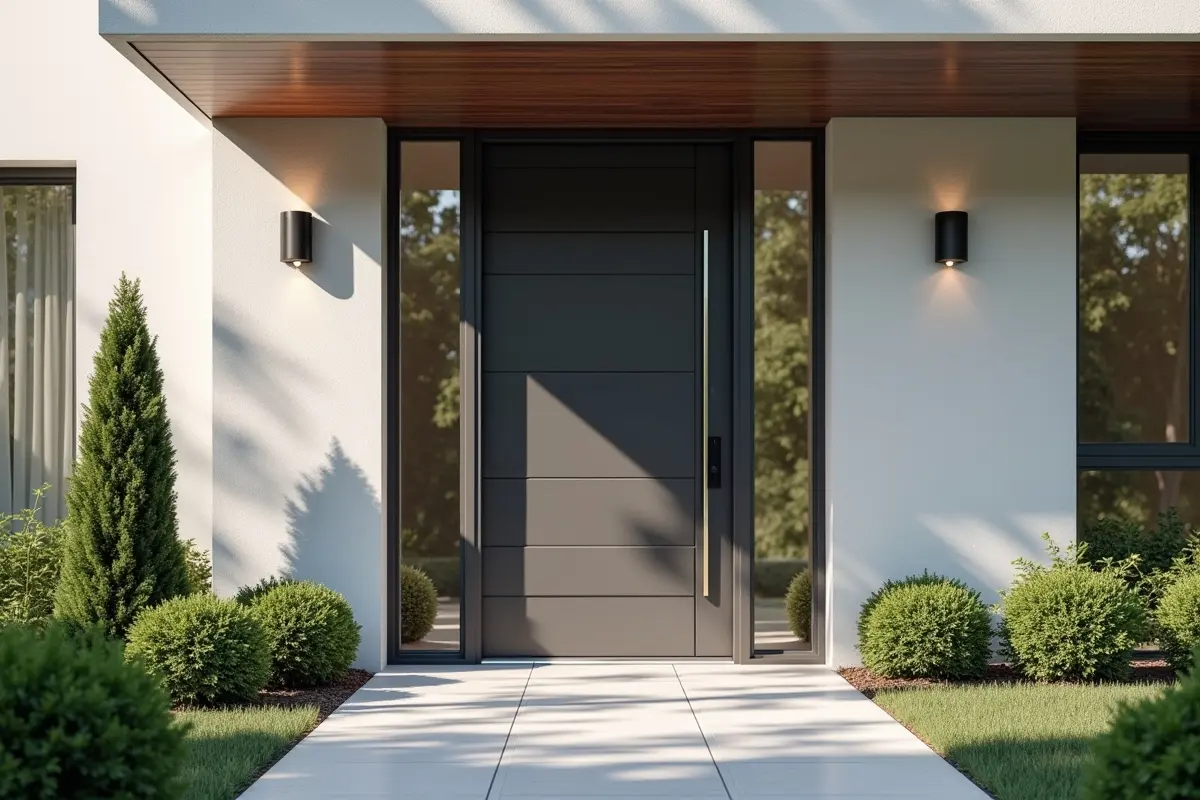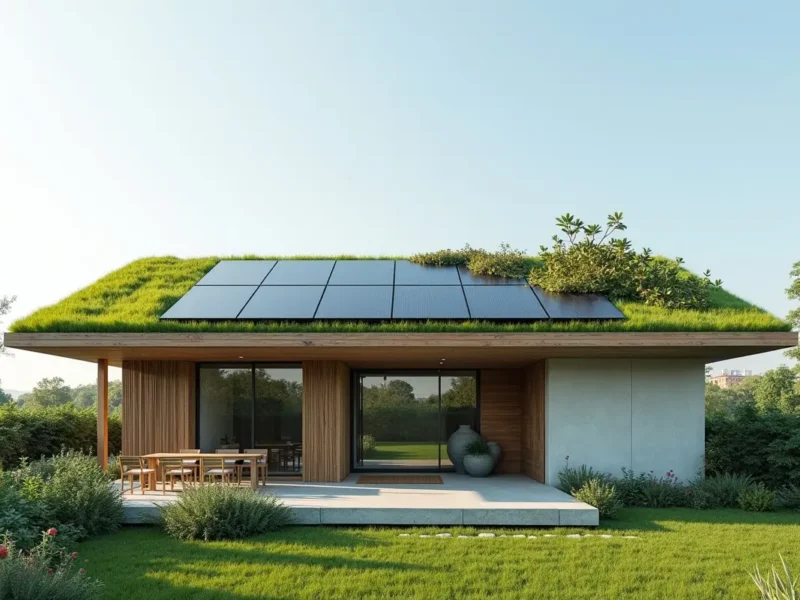The entry door is more than just an entrance—it’s the first impression your home makes. A carefully selected door sets the tone for your entire property, enhancing curb appeal and reflecting your style. From bold, contemporary designs to classic, understated fronts, entry doors can instantly elevate a home’s facade. Investing in a stylish, high-quality door establishes a welcoming atmosphere and signals attention to detail.
Today’s market offers innovative solutions that seamlessly blend form and function. Homeowners seeking the ultimate fusion of visual appeal and long-lasting performance are considering Ensemble entry doors. These modern doors are engineered to stand out architecturally while providing reliable security and energy efficiency. They are popular for those looking to refresh or fully transform their home’s exterior.
Contents
- 1 Entry Door Materials: Weighing Pros and Cons
- 2 Security Considerations for Peace of Mind
- 3 Energy Efficiency: A Key Factor in Entry Door Selection
- 4 Current Trends in Entry Door Design
- 5 Tips for Choosing the Perfect Door
- 6 Maintenance and Longevity Strategies
- 7 Future Forward: The Evolving Role of Entry Doors
Entry Door Materials: Weighing Pros and Cons
Selecting the right material is crucial for ensuring your entry door matches both your aesthetic preferences and functional needs. Wood doors offer timeless beauty and a warm, inviting appearance, but require regular maintenance to prevent weathering. Steel doors are celebrated for their strength and security, providing peace of mind for safety-conscious homeowners.
Fiberglass doors deliver the look of real wood with enhanced durability and minimal upkeep, resisting dents and scratches. Composite doors combine the best qualities of different materials, balancing resilience, design flexibility, and energy performance.
Climate, maintenance routines, and personal style all influence the choice of the perfect material. Understanding these characteristics will help extend the life of your door, ensure maximum insulation, and complement your overall architectural style.
Security Considerations for Peace of Mind
Security remains a top priority for any homeowner planning to replace their front entry. Modern entry doors incorporate advanced features, including reinforced cores, multipoint locking mechanisms, and upgraded deadbolts. Research from security experts highlights that simply upgrading hardware can reduce burglary risks by as much as 50%.
For optimal safety, choose a door rigorously tested for break-in resistance and pair it with a high-grade smart lock for convenient yet robust protection. Additional tips on safeguarding your home’s entrance can be found in resources offered by Consumer Reports.
Energy Efficiency: A Key Factor in Entry Door Selection
The right entry door can yield substantial energy savings by limiting drafts and regulating temperature. Energy-efficient options utilize insulated cores, low-emissivity glass panels, and advanced weatherstripping to help keep indoor environments comfortable while lowering utility bills.
According to the U.S. Department of Energy, properly installed, insulated entry doors can reduce heating and cooling expenses by 10–20%. When shopping for a new door, look for products with ENERGY STAR® certification, tightly sealed edges, and a history of reliable performance in your local climate.
Current Trends in Entry Door Design
Design trends for entry doors have evolved to reflect personal expression and broader societal shifts toward sustainability and technological integration. Homeowners gravitate toward bold hues—such as black, red, and deep blue—and larger panels that make a visual statement.
Artistic elements like textured, frosted, or stained glass accents and wrought iron details add a touch of customization. Smart home technology is also making its mark, with keyless entry, Wi-Fi-enabled locks, and integrated doorbell cameras now standard on many new models.
Beyond aesthetics, an increasing emphasis on eco-friendly living has prompted a surge in doors made from recycled or sustainably sourced materials. Low-VOC (volatile organic compound) finishes and energy-conscious manufacturing are setting new benchmarks for environmentally responsible design. Homeowners can align with current trends and long-term sustainability goals by choosing an entry door that balances innovation and eco-friendliness.
Tips for Choosing the Perfect Door
- Match your door selection with your home’s architectural style for visual harmony.
- Prioritize practical essentials like advanced security, sound insulation, and maintenance needs.
- Test paint or stain samples at various times of day to achieve your ideal look in all lighting conditions.
- Work with professional installers to guarantee precise measurements and an airtight fit.
Maintenance and Longevity Strategies
Regular maintenance practices are vital for prolonging the life of your entry door. Wooden doors benefit from refinishing or waterproof sealing every few years to protect them from moisture and sun exposure. Steel doors should be inspected for chips or rust annually, with quick repairs to deter corrosion.
Fiberglass and composite doors are designed for durability, typically requiring only routine cleaning; their finishes rarely fade or crack over time. Regardless of the material, ensure that the weatherstripping is intact and that the hardware functions smoothly to optimize energy savings and security.
Future Forward: The Evolving Role of Entry Doors
Entry doors are moving beyond traditional roles, with innovative technology and green materials at the forefront of innovation. Features such as biometric locks, integrated cameras, and solar-powered lighting are expected to become mainstream, further strengthening the connection between a secure home and sustainable living.
As the industry continues to innovate, staying informed about emerging products ensures that homeowners can maximize value, comfort, and curb appeal. For a comprehensive overview of industry best practices and modern design influences, reputable sources include the New York Times’ expert review and architecture insights from ArchDaily.



